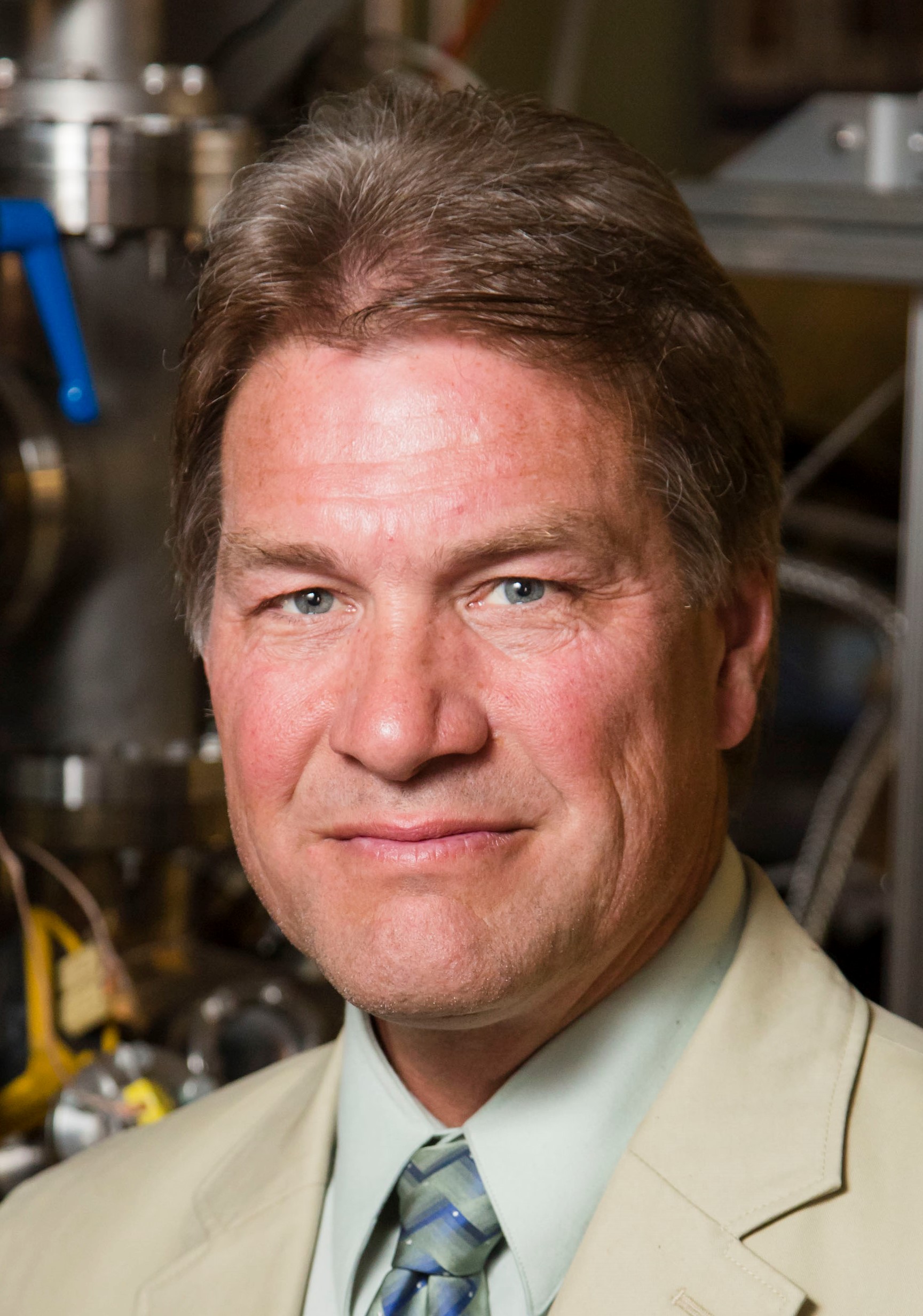MIPSE Seminar
What do Fusion Technology, Physical Vapor Deposition and EUV Lithography Have in Common?
This event is free and open to the publicAdd to Google Calendar

UM Plasma Prize 2024
Abstract: So what do fusion technology, physical vapor deposition and EUV lithography have in common? The answer is, “plasma-material interactions” (PMI) and in particular, sputtering. The key to a fusion energy device delivering energy is getting out the heat without destroying the walls. Afterall you are putting the sun in a metal can and should expect a similar heat flux! How that plasma interacts with the surfaces is paramount. We developed a way to use flowing molten lithium as the plasma facing component. To create thin films for microelectronics, magnetron sputtering is the most common form of physical vapor deposition. We developed a new system for magnetron sputtering which reverses the potential on the target allowing detailed control of the ion energy reaching the material to be coated. Finally, in EUV lithography the primary factor limiting the power is “tin management”. To make 13.5 nm EUV light, 30-μm-diameter molten Sn droplets are hit by a laser at up to 80,000 times per second. The Sn vaporizes and becomes a dense warm plasma which emits EUV light. The tin ends up everywhere including on the Bragg-reflector mirrors. Removing the tin without damaging the mirrors is a delicate balance of PMI. We developed surface-wave-plasma sources which produce hydrogen radicals and a locally higher ion density which turns the Sn to SnH4 which is pumped away. This talk will hit the highlights in each of these areas and show how they are all being used in industry.
About the Speaker: David Neil Ruzic is an Emeritus Professor in the Department of Nuclear, Plasma and Radiological Engineering at the University of Illinois at Urbana-Champaign. He is a Fellow in four societies and has been awarded the Gaede-Langmuir award from AVS (2020) and the Fusion Technology Prize from IEEE (2020), the University of Michigan Plasma Prize (2024) and the International Award in Technology from IVSTA (2025). Even though “retired” his current group consists of 1 postdoc, 16 graduate and 25 undergraduate research assistants. He founded and is the Director of the Center for Plasma-Material Interactions and the Illinois Plasma Institute. His research covers the fusion technology, plasma deposition, plasma etching, EUV lithography and atmospheric-pressure plasma processing.
The seminar will be conducted in person, with livestream in Zoom. Please check the MIPSE website for details.
 MENU
MENU 
